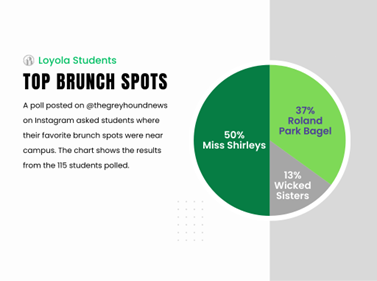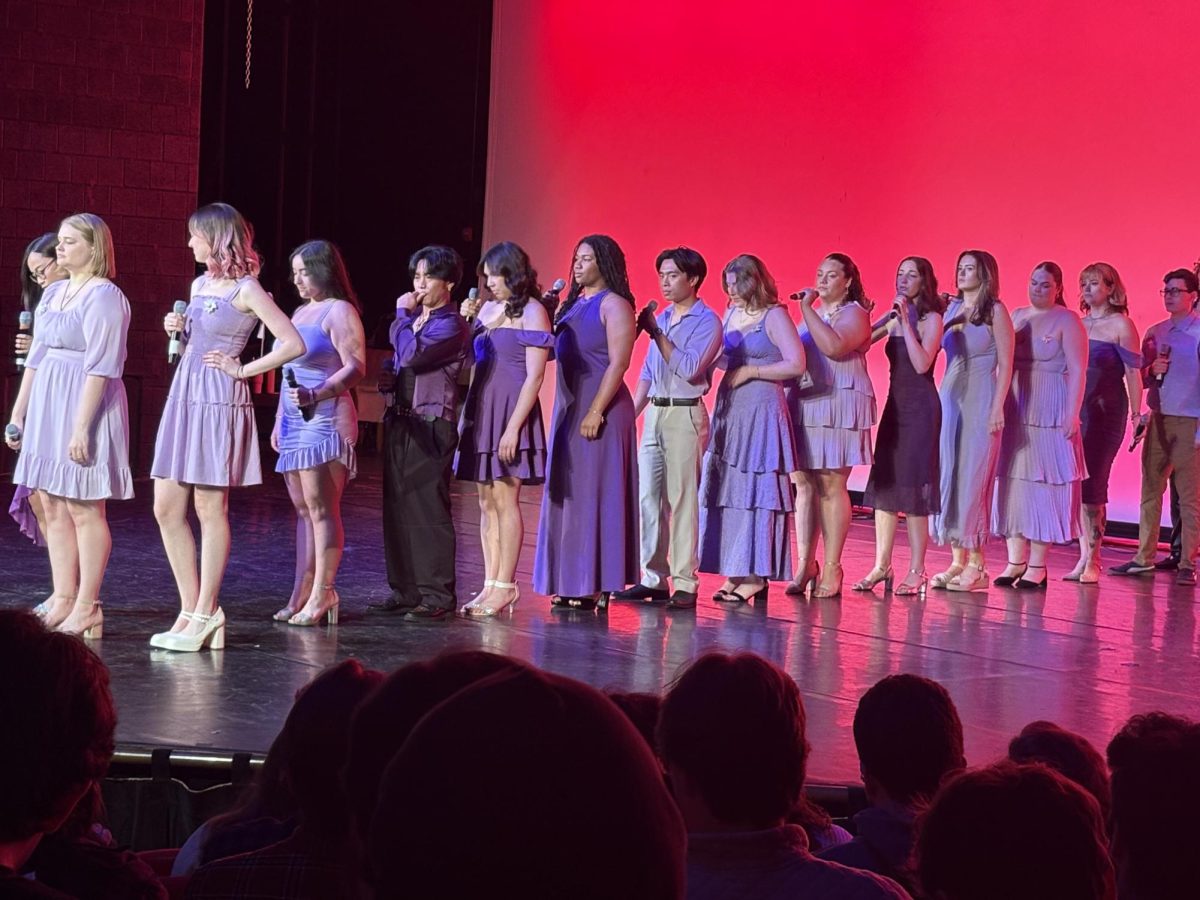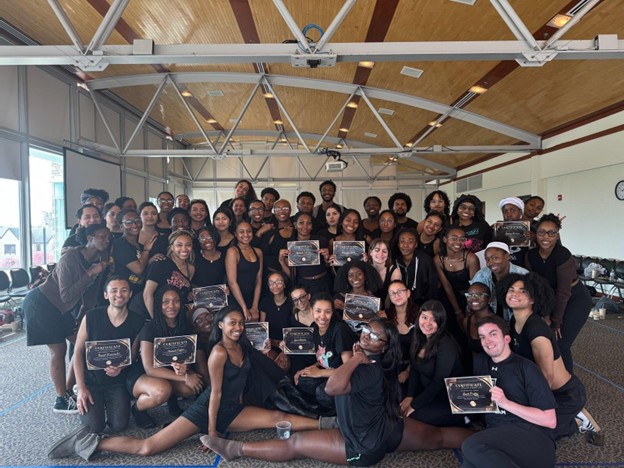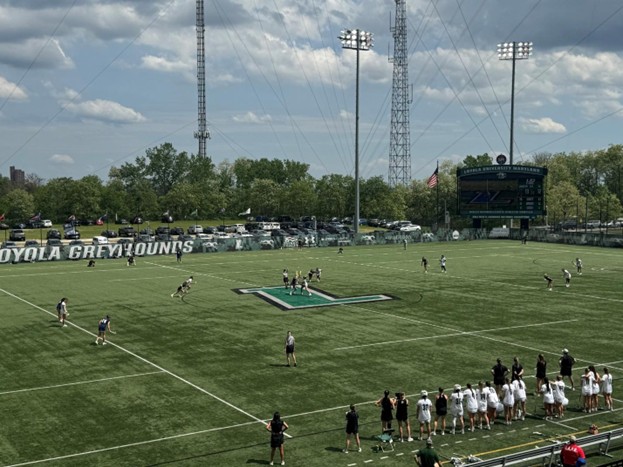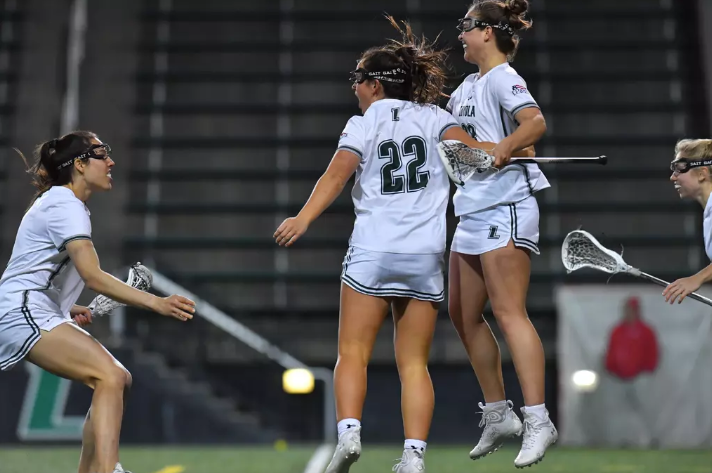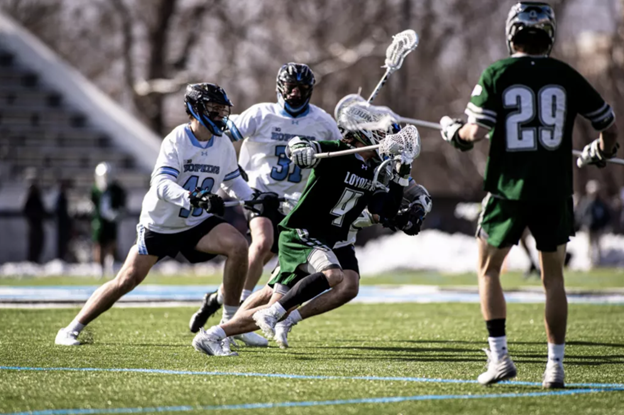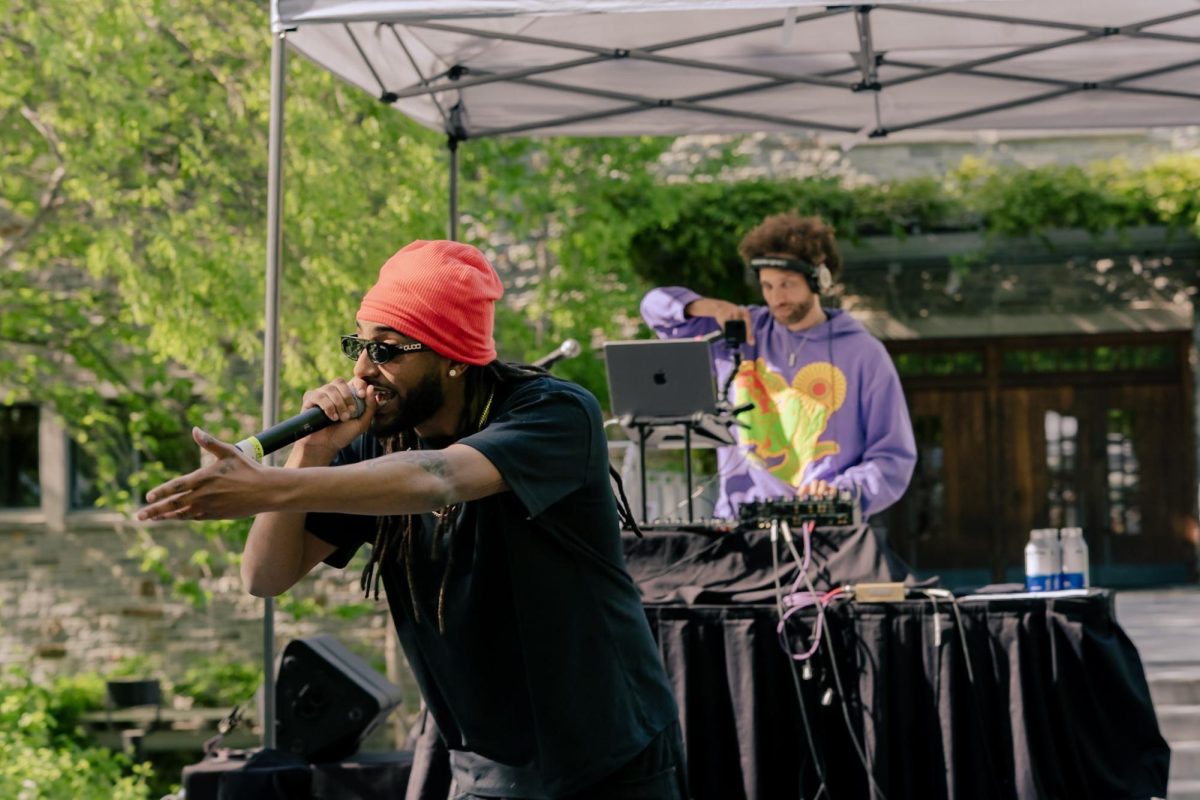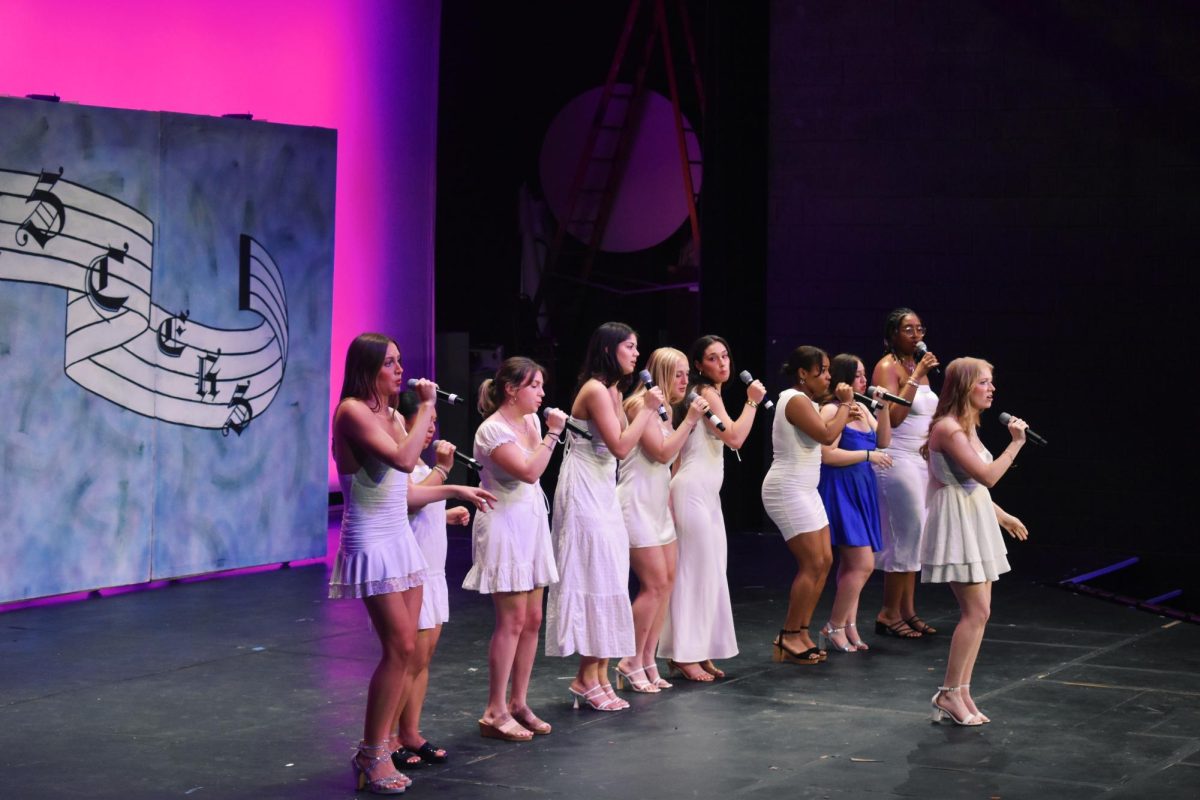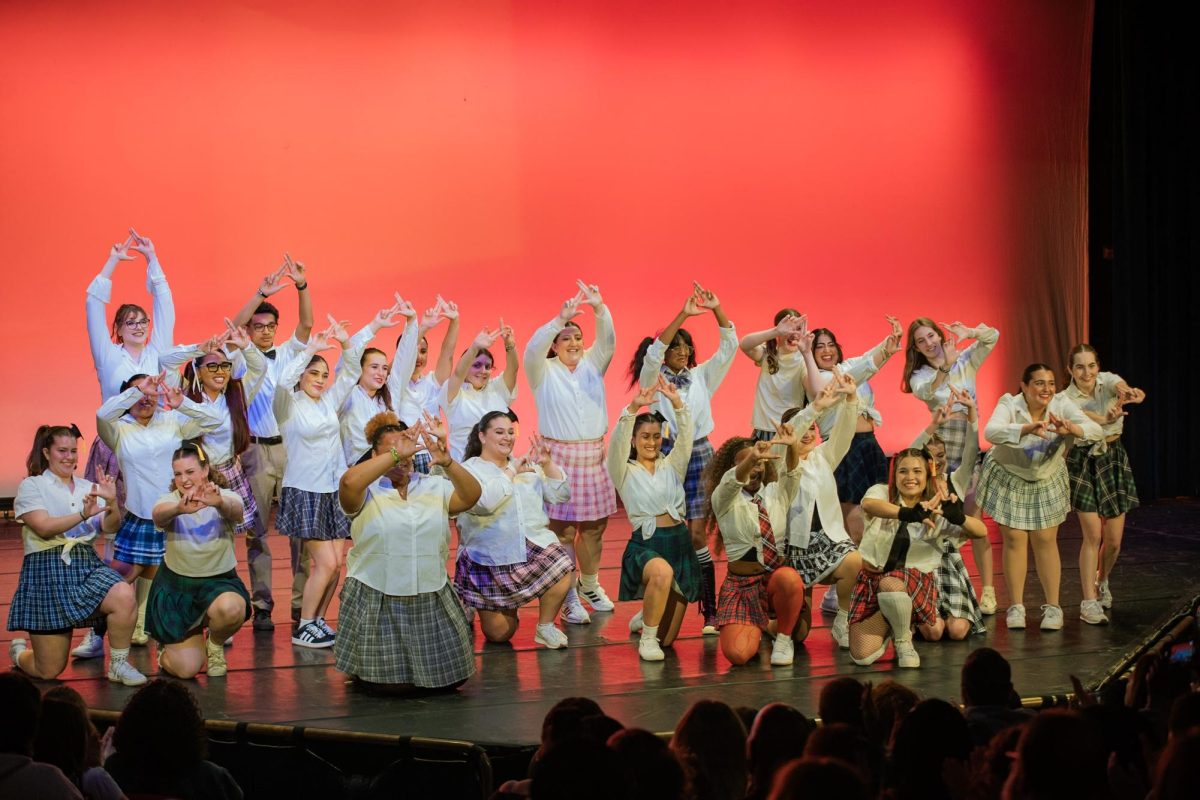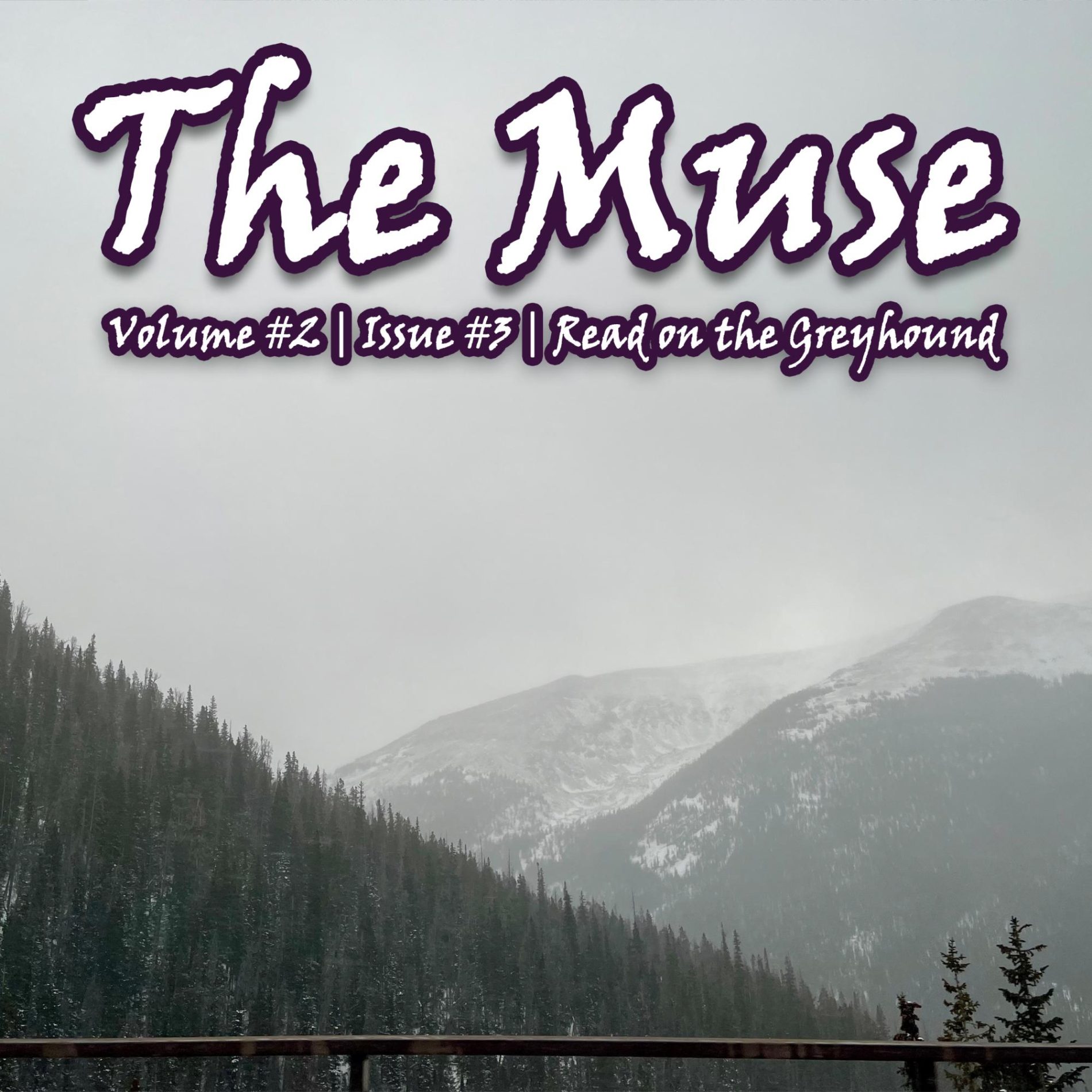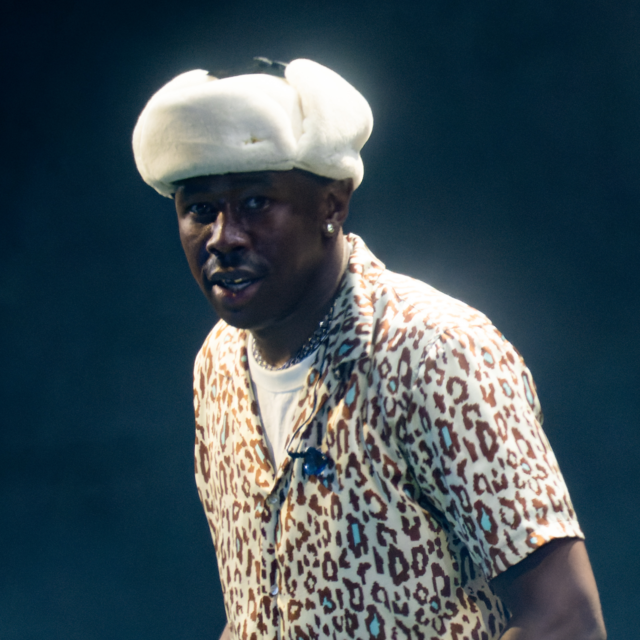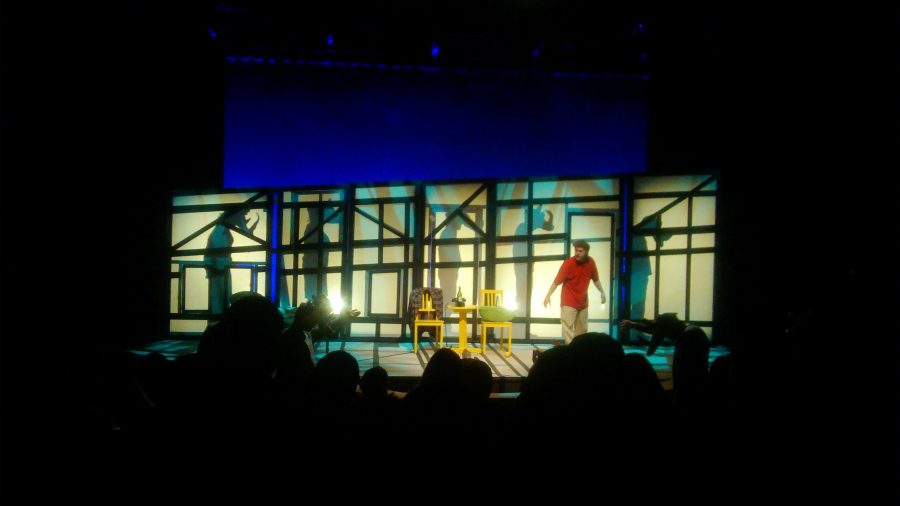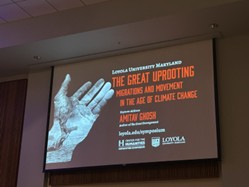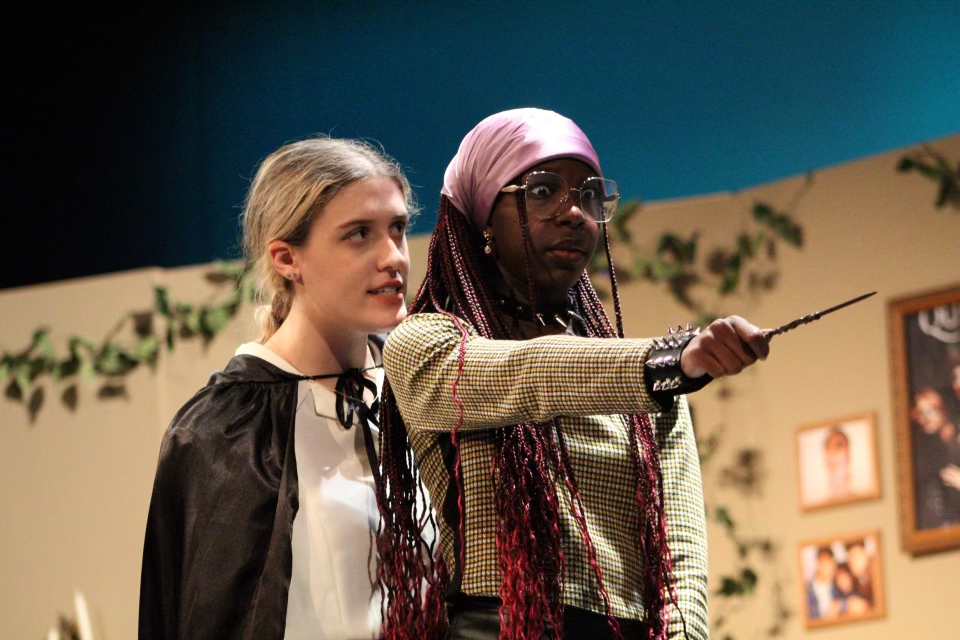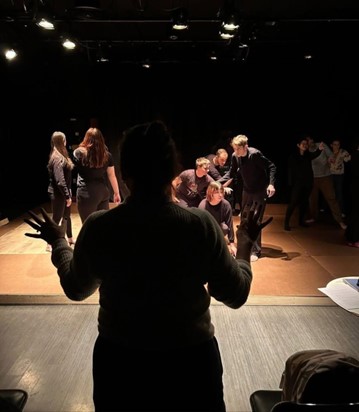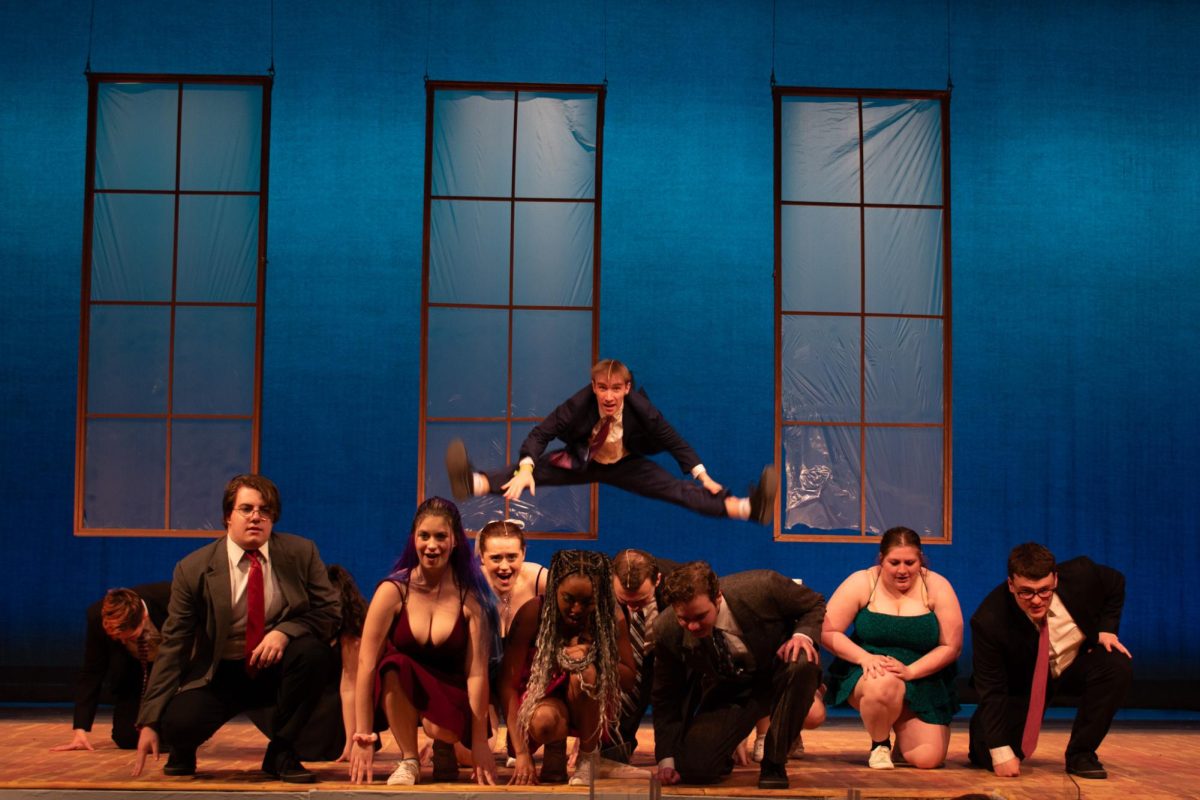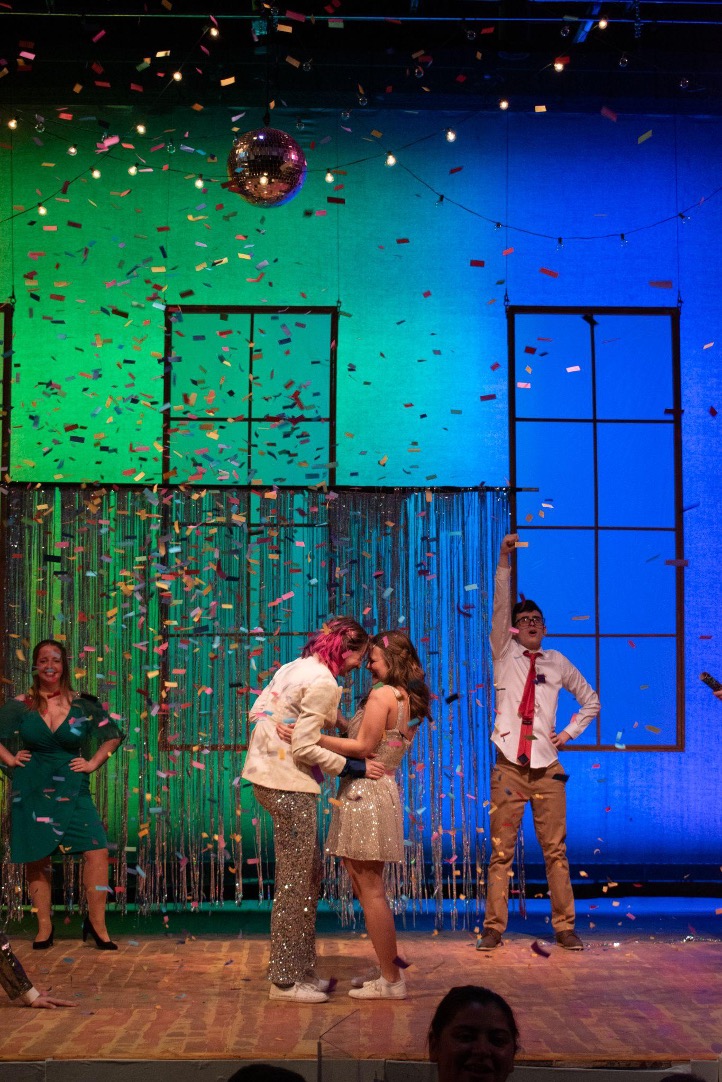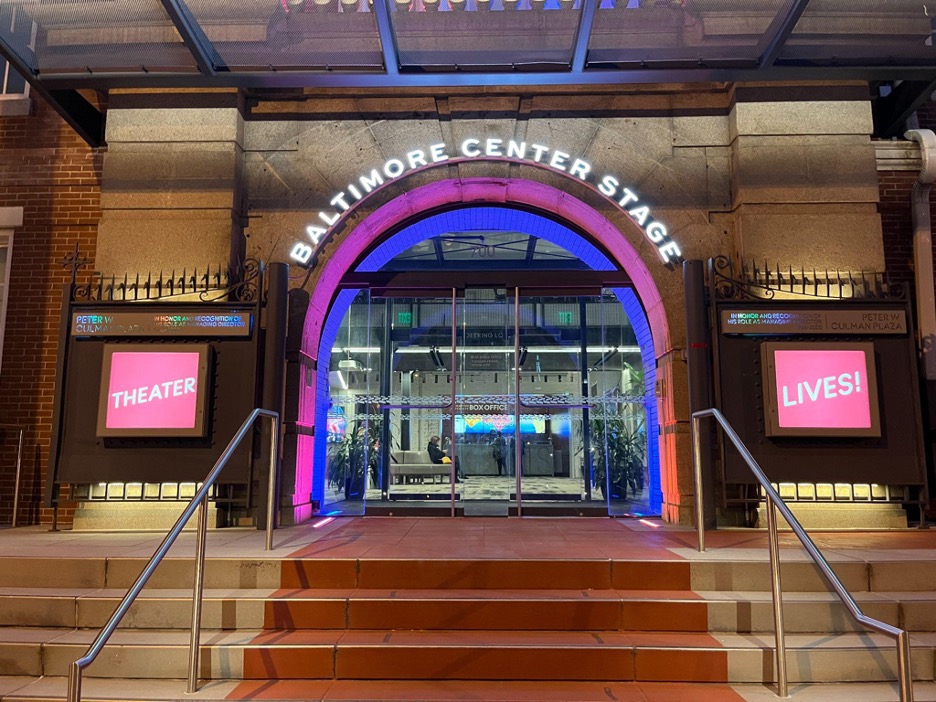A series of performances of Eugene Ionesco’s Rhinoceros, Loyola’s symposium text for this year, led to results that amused some and baffled others. For those unfamiliar with the theatre of the absurd, Rhinoceros could be a little hard to take, seeing as it features the hysteria of a small-town in France as most of its residents turn into rhinoceroses. The Evergreen Players, led by Nick Maclay’s portrayal of Berenger, staged a performance that animated the language of the text with strange B-Movie theatrics. These were incredibly entertaining on the surface, but the answers to its interrogations were a little harder to approach.
The transition to rhinoceros ascendancy is often handled casually, in keeping with the necessary tenets of the play’s absurd premise. Berenger, an alcoholic with an already tenuous hold of his life’s movement, finds himself desperately grasping at the sanity he’d never had to assert for himself.
His main object of affection is Daisy (Alexandra Chouinard), a coworker who shares his aimlessness with a complementary naiveté. The pair ends up being the sole remaining vestige of defiance against the growing “rhinoceritis.” Ignoring the growing temptation to join the herd would be incredibly challenging for any couple, but their mostly faint bond did little to sustain any kind of hope for survival. The feeble sweet-talk between the two only furthered the idea that it could easily crumple against any sign of contention. Consequently, there seemed little tension in their final moments, despite the strength of the individual performances.
There was a more palpable chemistry between Maclay’s Berenger and Jean (Joe Mucciolo), a fervent foil and witty supplier of criticisms of his friend’s shortcomings. His straight reason finds little sense in Berenger’s drinking, and the two argue about the rhinoceroses when they begin to appear. Jean’s transformation into a rhinoceros in the second act was probably the most memorable part of the play. Mucciolo’s performance conducted the reasonable aspect of his introduction and the savagery of his metamorphosis with equal, unwavering authority.
Considering the tasking nature of the role, Maclay succeeded in playing a character with a sense of the sympathetic qualities while never letting us forget his flaws. As the play immerses itself in its madness, his journey from simple everyman to sole resistor comes to be the play’s most meaningful arc.
Rhinoceros’ well-rounded cast conveyed the play’s descent into hysterics with a series of steady performances. The presence of live instrumentation injected energy with the tense encroaches of throbbing percussion and the many tonal colors of the trumpet – often jarring and harsh until becoming insidiously melodious. These two worked with the growing supremacy of the herd to create the sensation of oppressive conformity towards the end. The converted characters wore masks and invaded the aisles, joining the pulsing beat of the drum by slapping hands against their legs. The noise quickly escalated to an explosive cacophony, against the protests of the protagonist, until finally retreating. Only to come again.
Rhinoceros never answers whether it’s possible to truly fight back the onslaught, but it suggests that resistance might always be worthwhile.
Photo courtesy of: The Greyhound / Cristian Margarida


























